For those unfamiliar with lens filters, I use “neutral density” (ND) filters to reduce the amount of light entering the lens, thus slowing the camera’s shutter speed to create very long exposures (say two minutes) to show cloud movement and make rough water still. This review is about using magnetic filters from a brand called Urth.
Neutral Density (ND) filters are uncoloured (hence “neutral”) and should not introduce any colour cast onto your images. For waterfalls, I’ll use them to show some water movement and flow with a shutter speed of half a second. A polarising filter will reduce reflections and glare, seeing through the water surface, or making foliage colours richer.
Are these new magnetic filter systems any good?
Essential kit
I use my filters a lot. They are an essential item in my camera bag. Since 2013, I have relied on Lee’s small “Seven5” square filter kit. Lee has been at the pinnacle of high-quality filter kits for some time. The Seven5 system suits me very well, being relatively small at 75mm rather than the more usual 100mm, and matches my small, light camera kit philosophy. My go-to landscape photography gear is just my Leica Q3, my Lee filters, and a tripod. That’s it.
A quick look at Lee Seven5
Lee filters are pricey though — my Seven5 “deluxe” kit was about £600 when I bought it twelve years ago, but now I see it selling for a much more reasonable £300 as I think they are discontinuing them. I see the newer Lee 85mm Deluxe Kit is £550 appears to be the successor, and maintains the separate holder/filter setup. No magnetic kits from Lee yet.
Recently, though, I’ve been seeing numerous ads and YouTubers using various magnetic filter sets. I favoured the rapid on/off aspect of them, rather than fiddling with an adapter ring, then a filter holder, then slotting in or clipping on filters.
Doing the research
So, I started digging to see what I could find that would fit the 49mm filter thread on my Leica Q3. The Kase magnetic filter set gets a lot of airtime, and their Revolution Pro 49mm filter set costs a reasonable £200. I like their colour coding for each individual filter — great idea, and I nearly bought a set.
Then there’s the Nisi JetMag Pro landscape kit at £359 in 82mm size. This looks good, with the added security that the individual filters lock to each other to prevent accidentally dislodging them. However, 82mm is the smallest size and uses step-up adapter rings, which would end up larger than my Lee 75mm kit.
Shame they don’t do a smaller set, as compactness is vital for me. But this would work with larger and wider-angle lenses. If you had several different sized lenses, you’d pick the kit to fit the largest and use step-up rings to fit the fit to the others.
Finding my way to Urth
After further research, I found the Urth Magnetic Essentials Filter Plus kit in 49mm for £76. At well under half the price of the Kase set, can it be any good? Much smaller than the Nisi set, it certainly looked neat online, and comparable in terms of kit contents. So, I bought the Urth Plus kit. Note that I bought this with my money — I don’t have any “skin in the game” with Urth or any other manufacturer. It arrived the next day, which was very impressive.
How does the Urth kit compare with the “Rolls-Royce” Lee set? I did a road test and comparison for you in the review below.
What’s in the kits?
Firstly, the Urth kit is tiny, and packs into itself with a magnetic lens cap (top left) and back cap (top right). The whole setup is extremely compact. It comprises a magnetic 49mm adapter ring that screws onto the camera lens (the Leica Q3 has a 49mm filter thread), a UV filter which I haven’t shown as I’ve already got one on the Q3, a circular polariser, ND8, and ND1000, back cap and lens cap. There’s a padded round cardboard box included for them, but I just keep them in a small cloth drawstring bag (ironically a Lee bag).
Graduated filters are superfluous
You’ll note that there aren’t any graduated filters in the Urth kit. This is because, with round filter sets, you can’t slide a graduated filter up and down to match the horizon level in your composition like you can with a square filter system.
The argument goes that there’s so much dynamic range on modern camera sensors that graduated filters aren’t needed any more. And when are horizons ever completely straight, anyway? I’ll delve into this more. My usual go-to setup with my Lee kit is a graduated ND 0.6 and a circular polariser.
In the Lee kit, there are 0.3, 0.6 and 0.9 ND filters, and I bought an additional 10-stop (same as the ND1000) “big stopper”. There’s a circular polariser, the filter holder, and a 49mm adapter ring. I use a couple of Lee cloth pouches to hold everything, and the Lee filter cloth with separate compartments for three filters is useful.
A comparison on camera
As you can see above, the Urth filters are obviously far more compact. Give a point to Urth. They are also a lot easier to get on and off. I’ve always found the Lee filters to be a bit of a pain. Firstly, it is possible to leave the Urth magnetic adapter ring on the lens of my Q3. The Leica lens hood goes on top so I can just leave it there and forget about it.
Fiddly with the Lee system
The Lee kit requires a large adapter ring to be fitted to the lens, which can’t be covered in a lens hood or cap. Then you need to fit the clip-on filter holder to that. It is fiddly, and the whole ensemble is considerable with unwieldy corners and sticky-out bits that snag in my camera bag. Score another point to Urth.
With the Lee kit, the square filters slide into two available slots in the holder. The polarising filter sort of clips onto the front of the holder with a twist motion. Firstly, you can only get two square filters into the holder. Secondly, the polariser is not very secure, especially if you rotate (which is the whole point of a circular polariser).
It can easily pop off the pegs that are meant to keep it attached to the holder. I’ve dropped it several times as a result and have ended up not rotating it when on the holder at all for this reason — I get it aligned correctly off-camera by eye first. Not a great design.
Ease of use with Urth
The Urth kit is the epitome of ease of use. Just bring a filter close to the adapter ring, and it sucks itself on like magic. Need another filter on the top of that — just bring it over the first one, and it jumps on as well. Great, hugely convenient. Rotating the polariser is simplicity itself. Nice. Another point for Urth.
But the big worry everyone has with magnetic filters is…will they fall off? Is the convenience factor obliterated by them disappearing off a clifftop or into a loch? I don’t have any worries about chucking the camera in my bag with them on, and they feel nicely solid when stuck to each other. In fact, it can need quite a lot of force to separate. However, I am more worried about sideways/sliding forces, which tend to be the downfall of many magnetically attached things.
Magnetic attraction, but still take care
Magentic filters obviously can get dislodged with the sort of sideways bash that you’d get with the camera slung around your neck. Or over your shoulder as the camera swings about while you negotiate a fence or some tricky terrain. I would not be happy leaving them on the camera when I’m moving if the camera wasn’t in my shoulder bag. So you take simple and obvious sensible precautions.
The Nisi locking filters are probably the answer to this if you’re willing to pay nearly five-times the price. Or you can just order spare Urth filters (or another three complete Urth kits) just in case and still be quids in.
With my Lee filters, I think they are more secure on the camera, but the sticky out corners and filter holder are quite vulnerable to getting caught on something like a jacket as well. So, I’ve always put the camera in my bag when on the move anyway. And the polariser fitting is, as previously mentioned, rather insecure. So, I’ll give them equal points here.
On location
I took a little road trip up to a nice gorge with a babbling burn flowing down it, and then over to the coast for some shoreline photography. An extremely sunny day allowed me to see how high contrast scenes were handled, and anyway, it was warm and sunny so why not be outside?
I was using my new Kingjoy tripod and Leofoto geared head again. I’ve been thoroughly enjoying this tripod/head combination. A geared head is a wonderful revelation for landscape and nightscape photography, allowing very precise, frustration-free adjustments with no flex at all.
The best way to put this is that the Urth magnetic filters are easier and simpler to use than the Lee square filter set. I can pop them in my pocket, whereas the Lee set must go in a bag. They are easier to put on and take off. They are secure enough on the camera to not worry about them when on location, though I put the camera into a bag when moving between locations.
Side-angle sun issue
The Lee kit has a problem with sun coming from behind and to the side of the camera. I believe they have redesigned the filter holder, but the sun can get between gaps in the holder, and between the square filters, causing reflections within the filter set itself. Years ago, I taped some tiny cardboard bits onto the holder to minimise this, but it’s still an issue. No such issue with the Urth set.
I found that the magnetic power of the Urth filters was forceful, meaning I had to take care when taking them off. I’ll have to develop a sideways sliding technique, but I ended up being meticulous not to yank a filter off and have it fly out of my hand. Good that they are secure, but also a little tricky.
The Lee filters aren’t without their insertion/removal issues either, with it being possible to “cross thread” a filter across two filter slots, which is a puzzling issue. And the polariser fitment is always a concern.
Image quality
My testing approach was to shoot the same scene with each filter set, with an ND1000 and polariser, then just a polariser. I used the same aperture, ISO, and shutter speed for each scene, shot DNG (RAW) and set the white balance to be sunny for the coastal shots and shade for the gorge shots.
Consistency is important for comparative tests like this. Images were then imported into Lightroom, where I put them side by side using the comparison function. No editing was done in Lightroom, so these are “straight out of the camera”.
There’s no discernible difference in sharpness between the different filter sets, so no need to zoom in 100%. Instead, it’s the exposure, light, shade, reflections/glare and colour that we’re looking at.
Colour cast comparison
Above, you can see very different colour casts. The Urth (left) is true to the scene. The Lee (right) is way out, very blue/green. Both images have the same “shade” white balance set manually. That’s the ND1000 filter in action.
When I bought the Lee set in 2013, it was top class compared to other offerings on the market. That’s why I and others paid big money for them. It looks like the competition has caught up and overtaken. I imagine the latest Lee “Big Stopper” must be better than this old one. Removing a colour cast like this is tricky — it can be done, and I have a preset that tweaks the white balance and tint a little, but it is rather annoying.
Polarising
The Urth image is also slightly higher exposed compared to the Lee. The Urth polariser isn’t quite as strong as you see in the next comparison shot, which accounts for it, although I imagine the ND1000’s could be slightly different as well.
Down to the sea, and a shot with just the polarisers on. Conditions were incredibly bright, with strong shadows, which is great for this sort of test but a bit rubbish for portfolio images.
Where Lee wins
The polarisation effect of the Urth (left) is weaker than the Lee (right). You can see this in the visibility of the stones under the water on the left side. Both polarisers had been rotated for maximum effect. I’ve always really liked the Lee polariser’s results. It puts a lot of “punch” into images. I’d say the Urth is just OK, and the Lee bests it noticeably.
Moving close to a nice rocky outcrop with little wavelets breaking causing a little patch of foam, here’s another shot with the polarisers and ND1000s fitted. The shutter speed is 30 seconds now, and the aperture is f/14. ISO is 100 and the white balance is “sunny”.
Again, you can see the big colour cast on the Lee (right), confirming the result from the gorge wasn’t a one-off. A black and white conversion would be fine, but if you want a colour shot, then there’s a fair bit of post-processing to do. Once again, the Urth setup is more accurate to the actual scene, and slightly brighter.
No vignetting
It is worth noting that neither of the kits blocks any part of the lens, so there’s no “vignetting”. This is an important consideration, especially when using much wider-angle lenses than this 28mm on the Leica Q3. When lens-barrel diameter filters are used like the Urth, you do need to be careful that a stack of filters doesn’t impact the visible scene.
The more filters you stack, the taller the stack and the more likely it is to intrude on the image. For this reason, kits like the Lee with larger filters, offer more room to manoeuvre with wide-angle lenses. It would be prudent to check carefully if you’re getting a kit like the Urth when using a 16mm lens, for example.
Points mean prizes
It wouldn’t be a review without some road-test points comparisons:
| Price | Urth win |
| Size & Portability | Urth win |
| Fitting & Convenience | Urth win |
| Fitting Confidence | Evens |
| Polariser | Lee win |
| ND1000 | Urth win |
| Vignetting | Evens |
| Colour Cast | Urth win |
| Image Quality | Urth win |
Urth for the win, then.
Conclusion
I’m delighted with this Urth filter set. It ticks all my boxes for being very compact and portable, sensibly priced, well-made, convenient, and high quality. I’m particularly happy that I can leave the magnetic adapter on the lens. I’ll keep using the Q3’s metal lens hood though, which screws on top, if only as some extra protection when clambering about rocky coastlines.
Furthermore, I can live without graduated filters. People are right when they say that the dynamic range of modern digital cameras is so good they aren’t really needed any more. It just means more care to ensure the white clouds in the sky don’t get blown out.
I’m always amazed how much detail is in the shadow areas of DNG images from the Leica Q3 — its sensor really is quite exceptional except at the highest ISOs (compared to a Sony A7IV, for example).
I now look forward to many more outings with just a less weight, more convenience, and much better image quality. Not only that, but I wonder if these will last me twelve years or more.
Articles from Andrew Tobin on Macfilos:
Make a donation to help with our running costs
Did you know that Macfilos is run by five photography enthusiasts based in the UK, USA and Europe? We cover all the substantial costs of running the site, and we do not carry advertising because it spoils readers’ enjoyment. Every amount, however small, will be appreciated, and we will write to acknowledge your generosity.

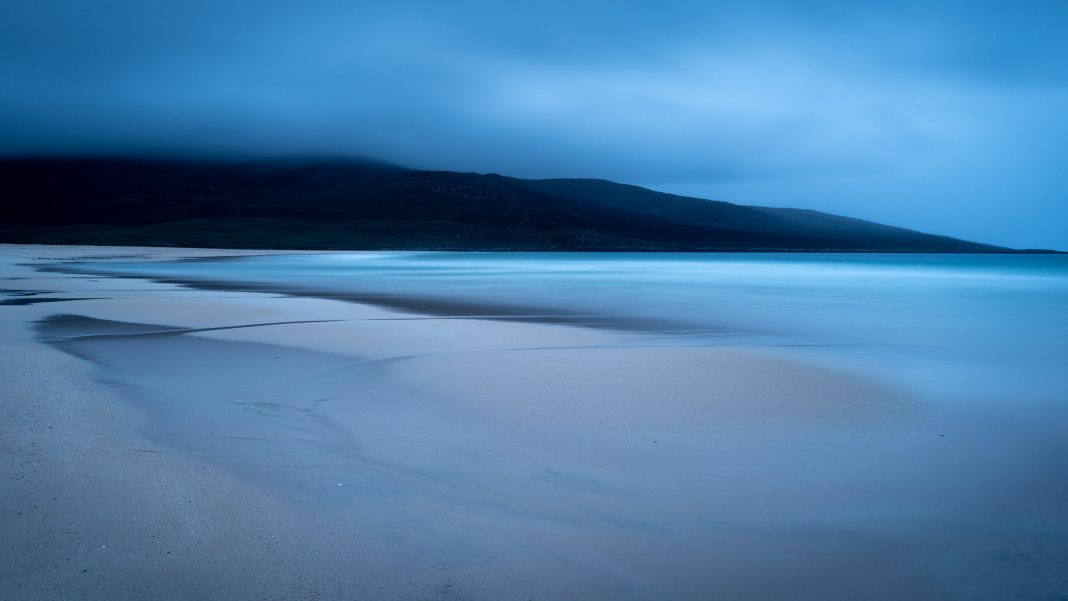
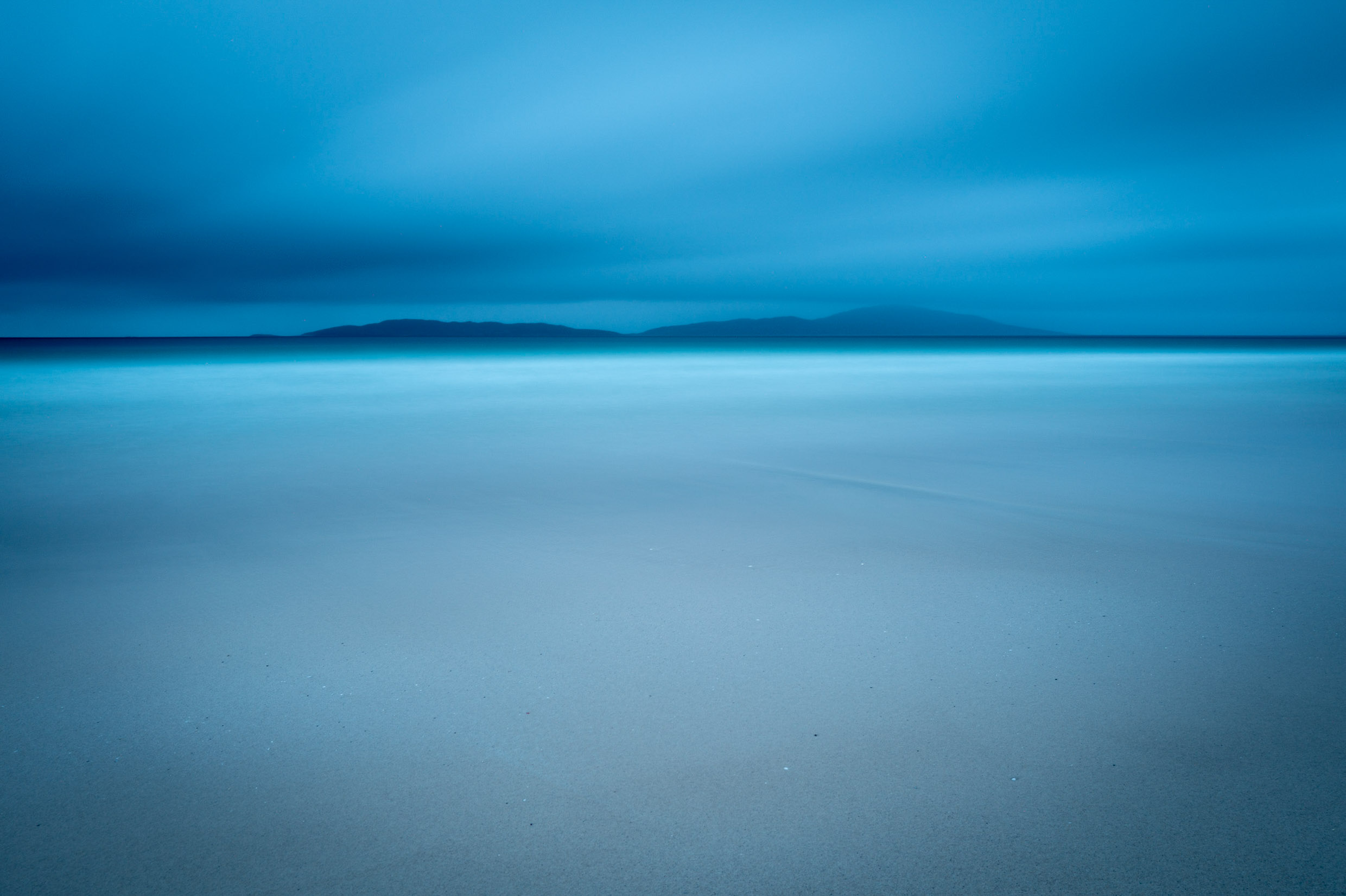
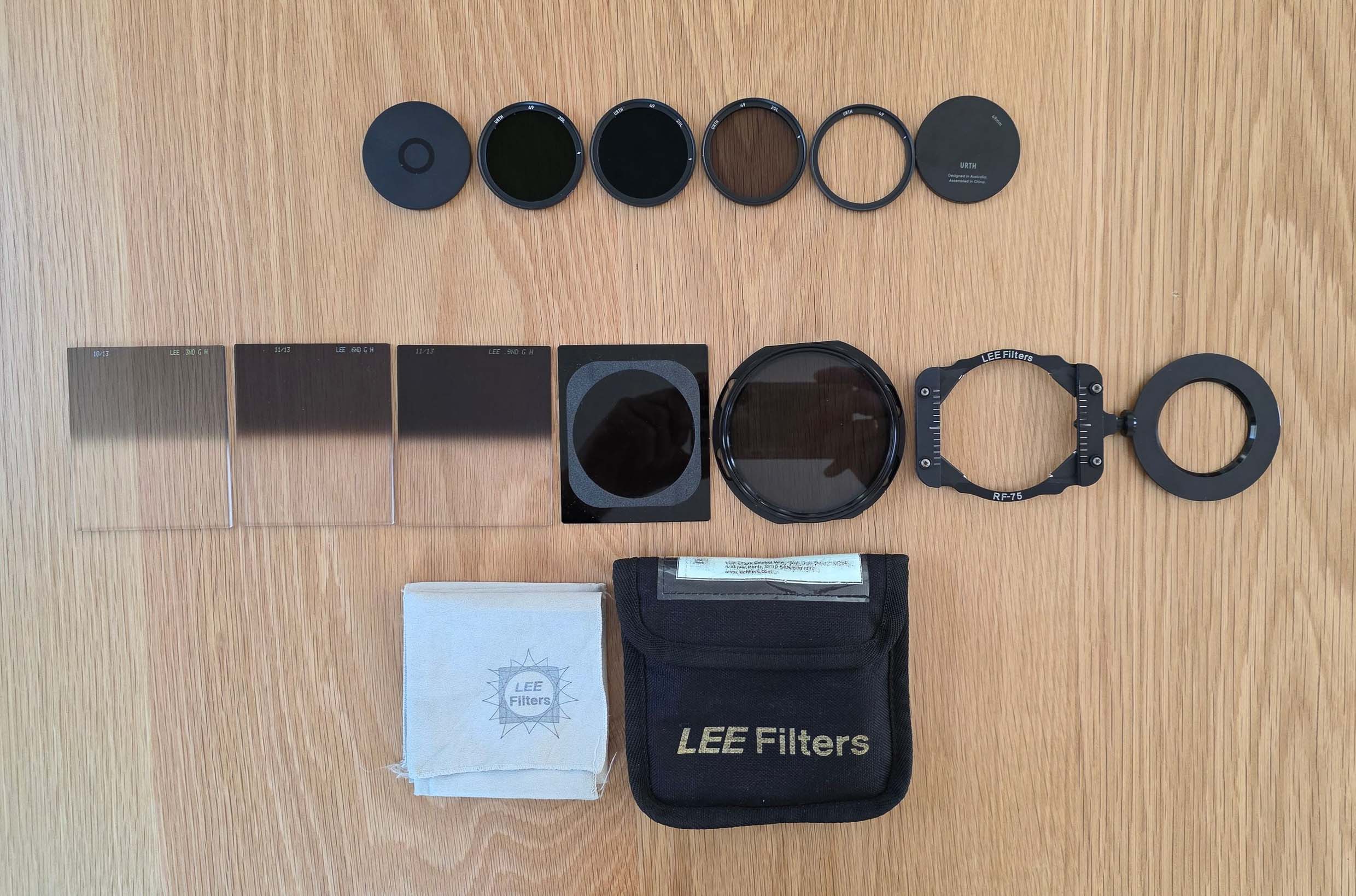
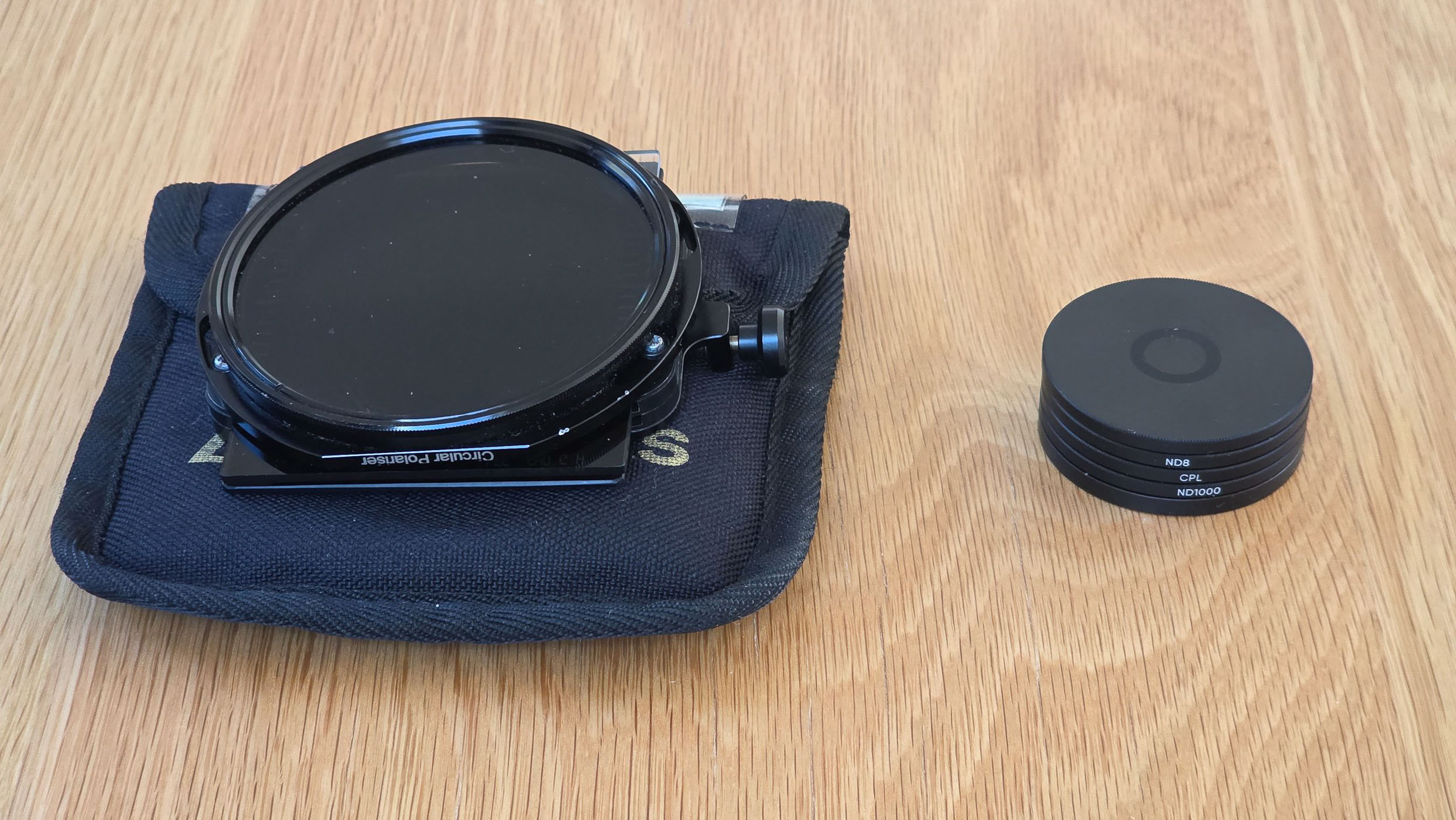
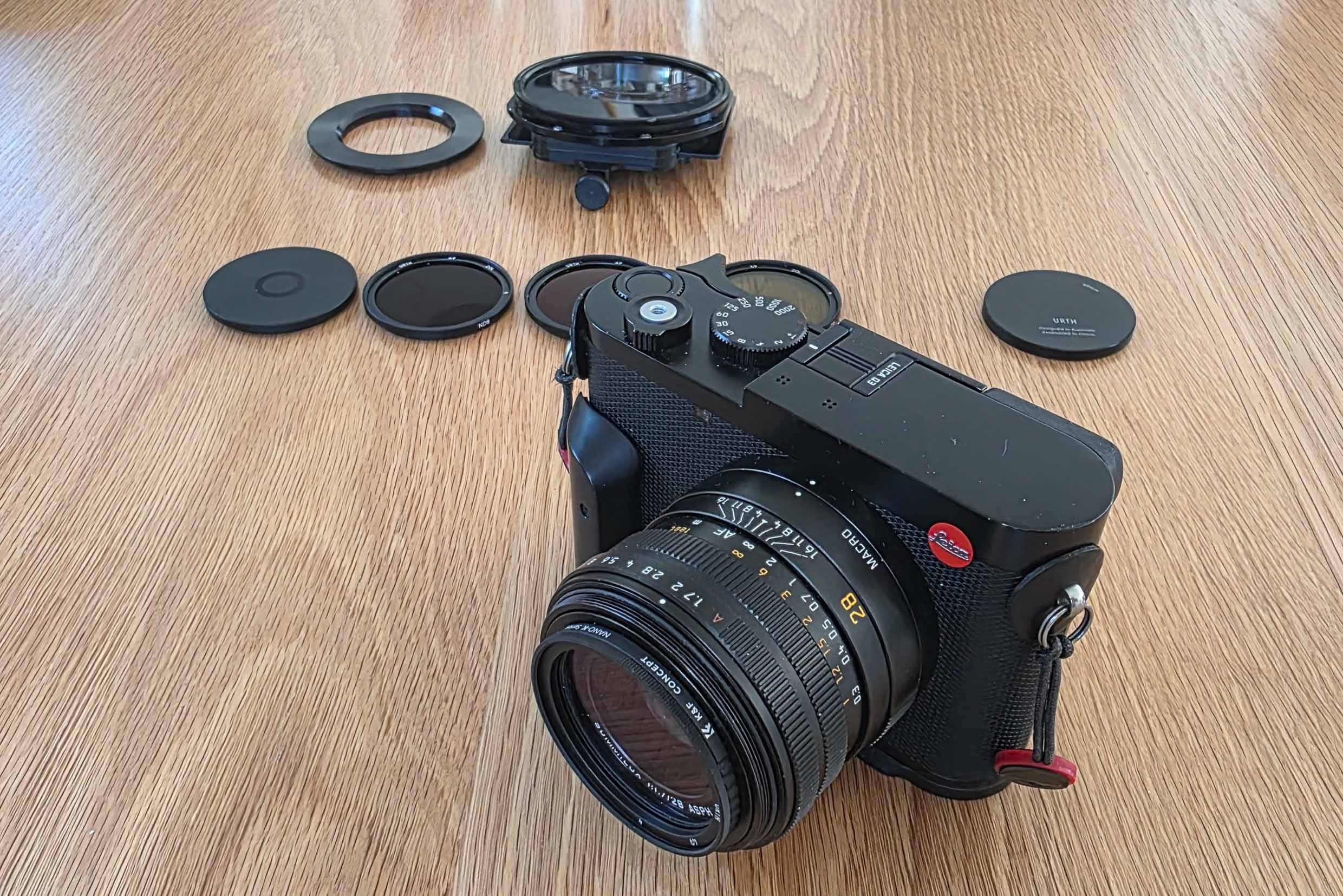
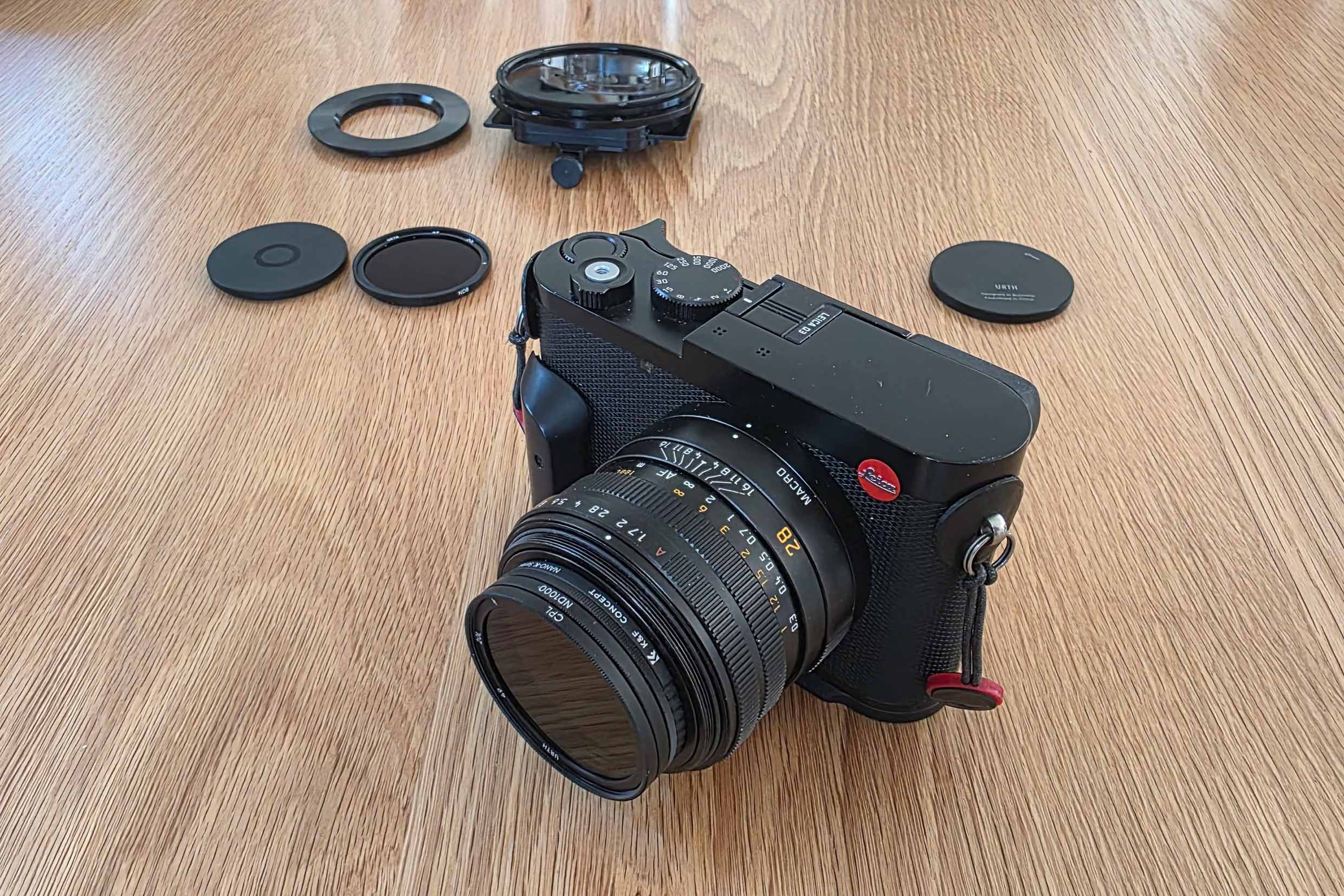
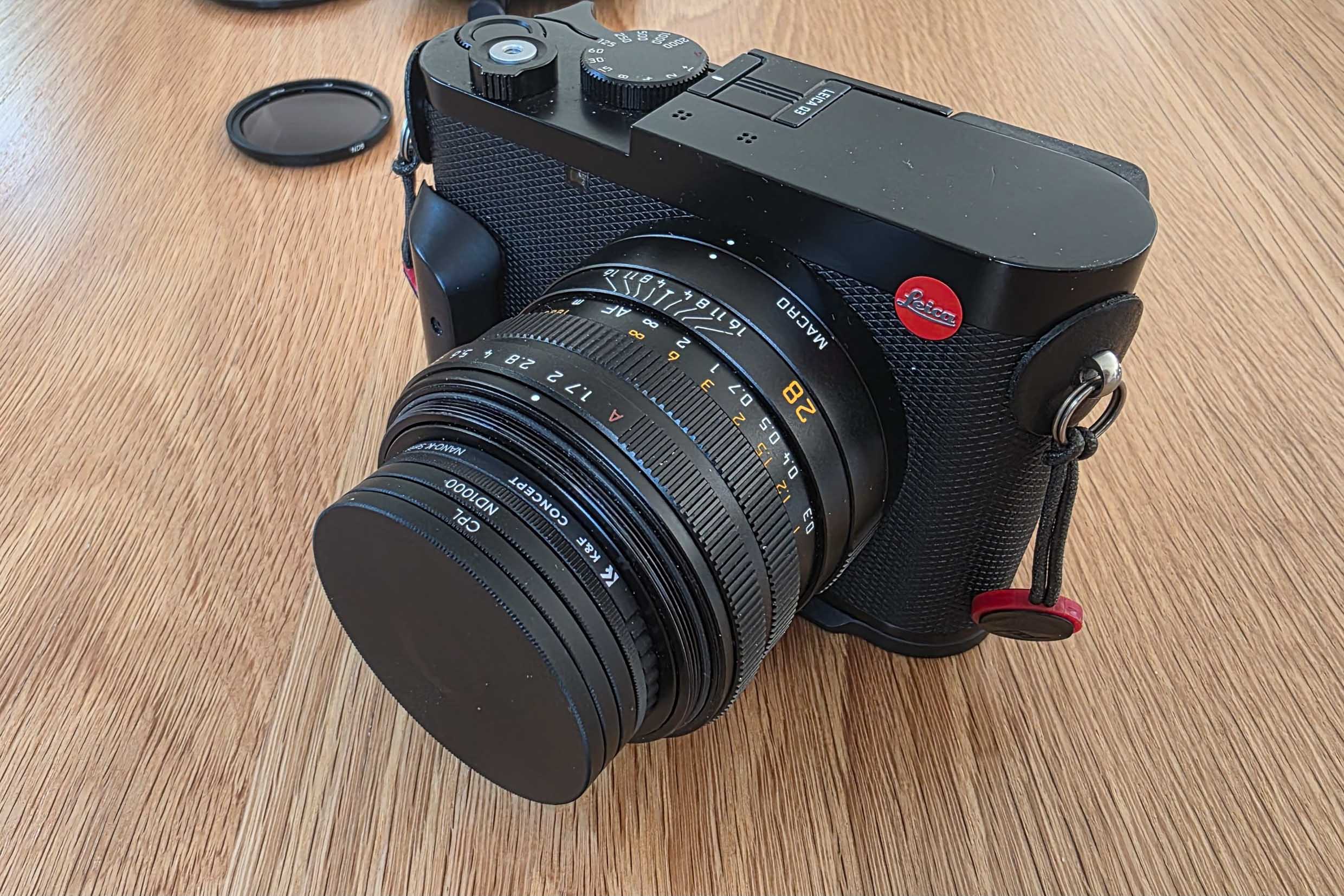
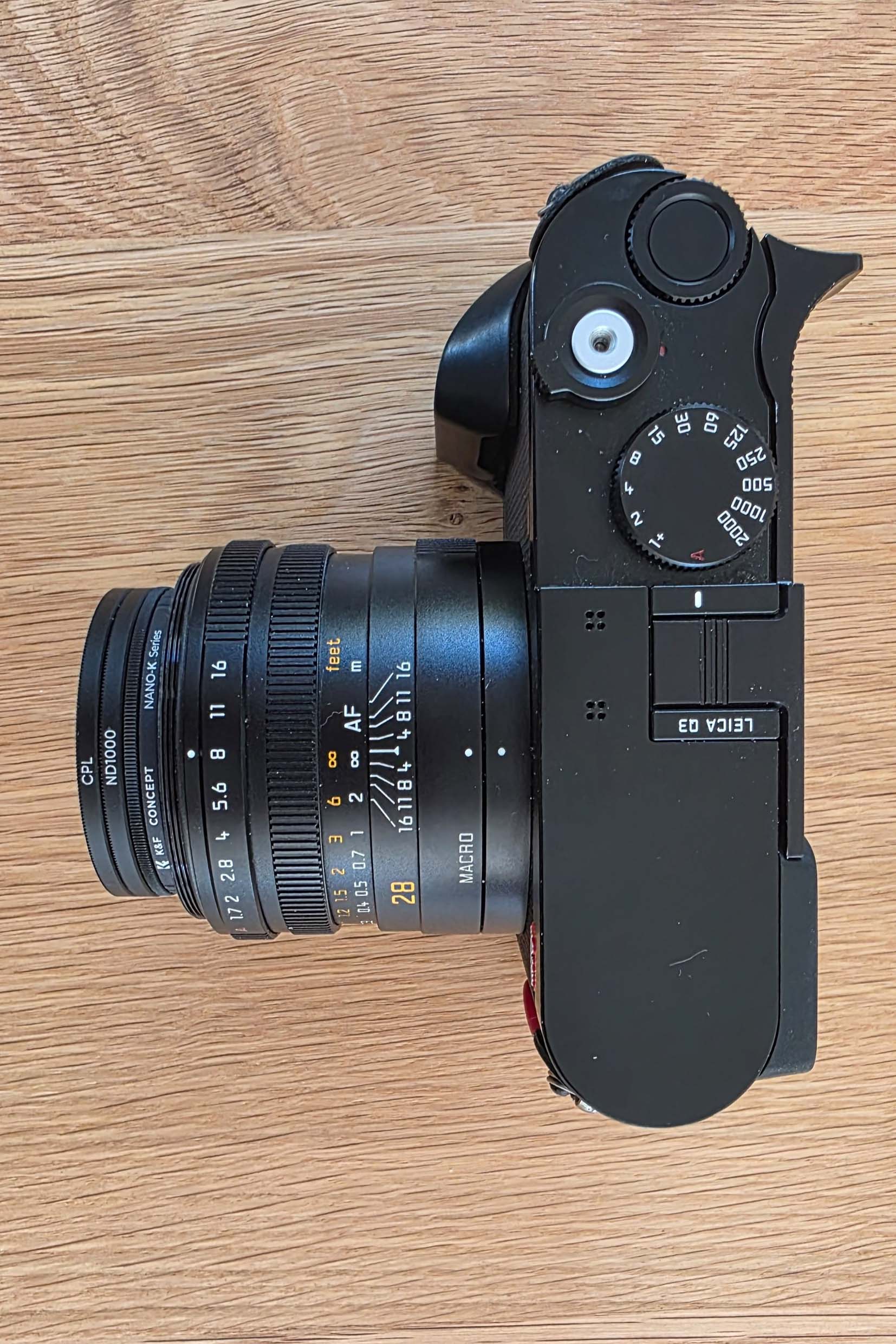
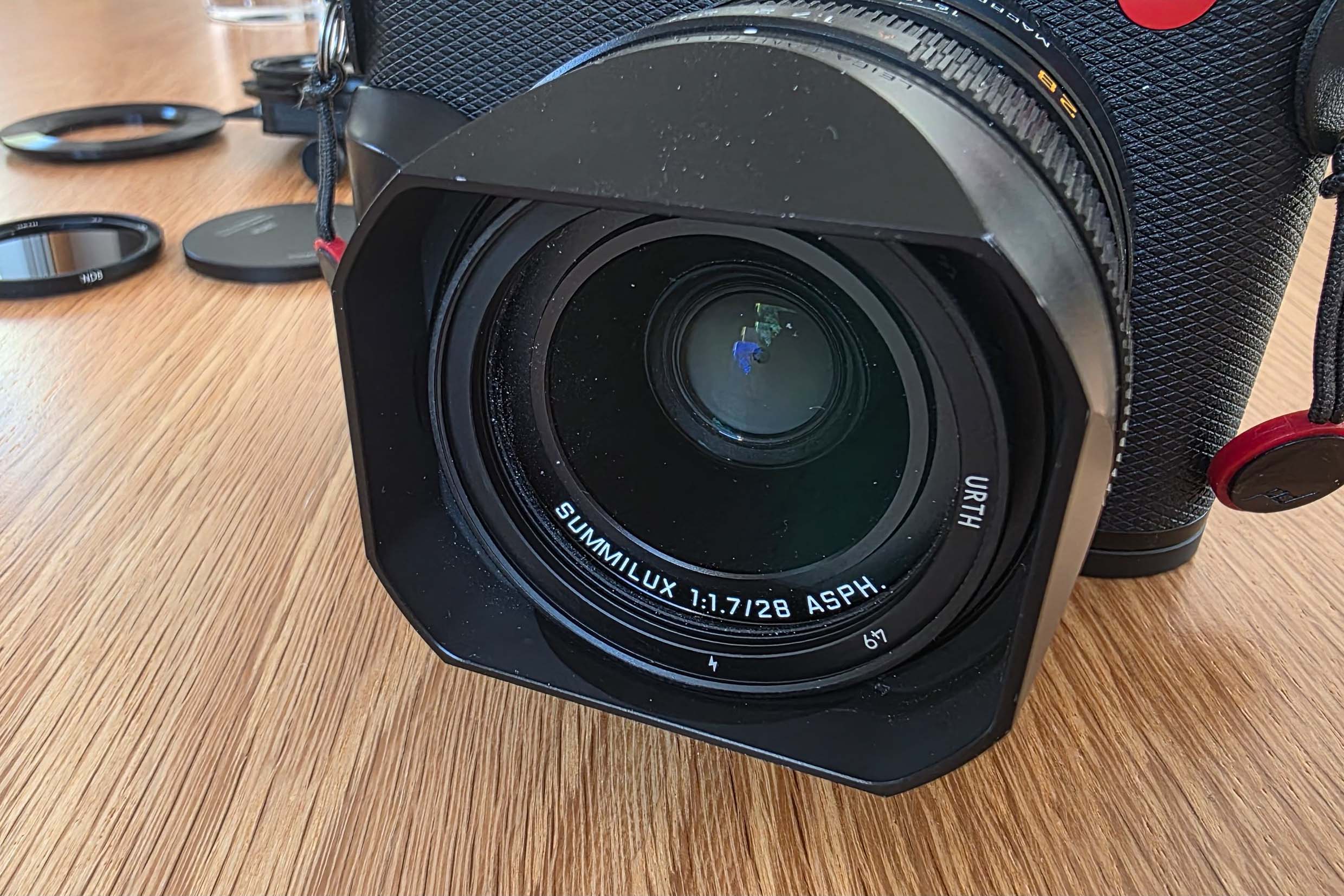
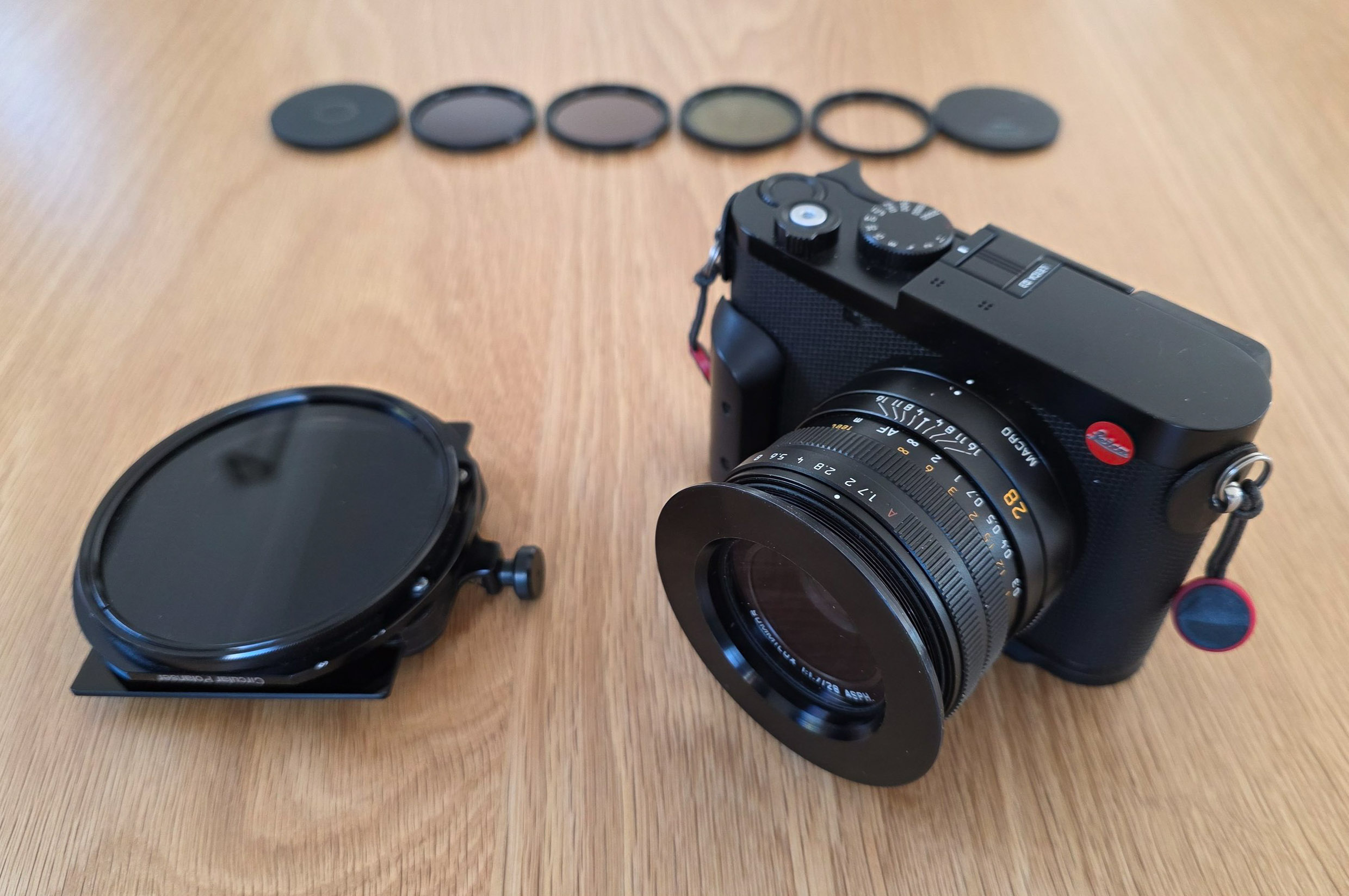


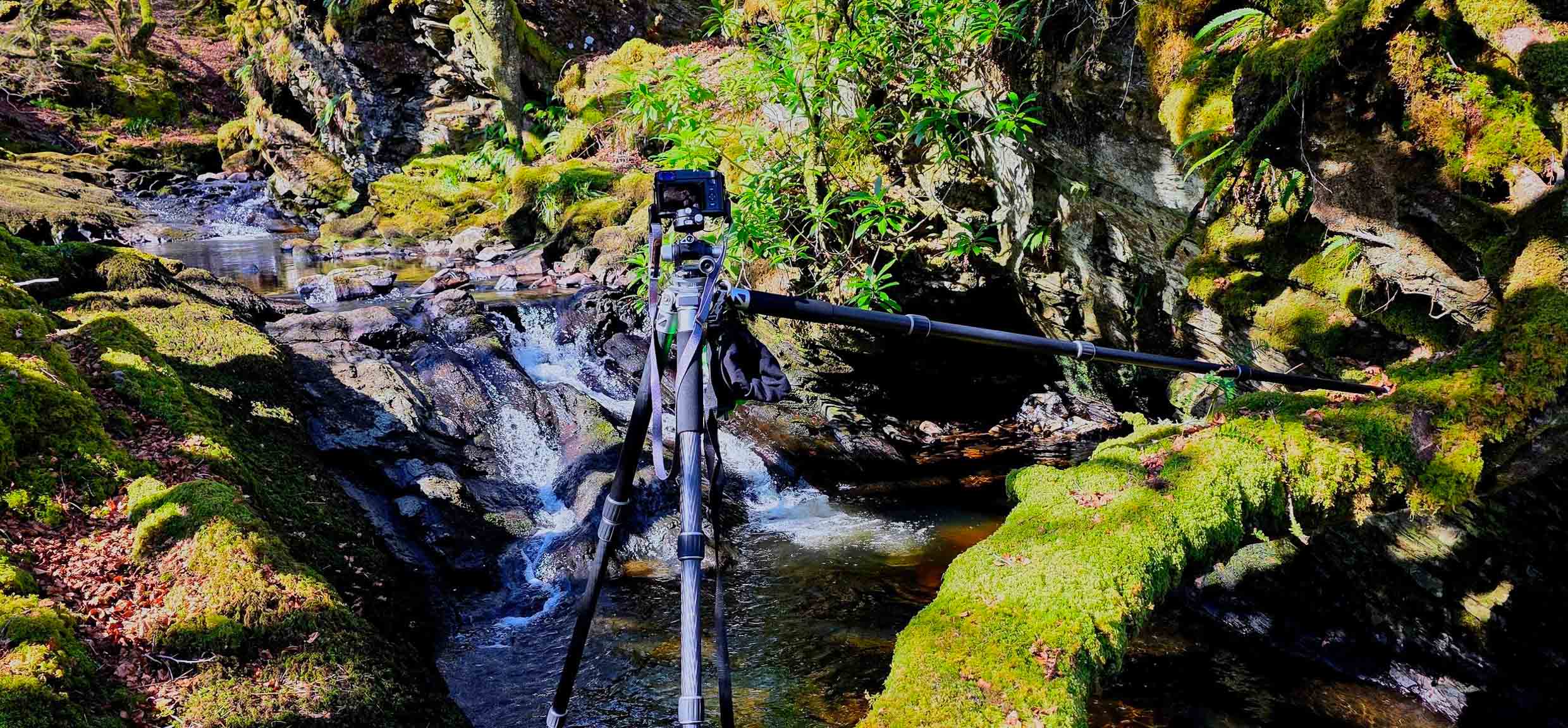
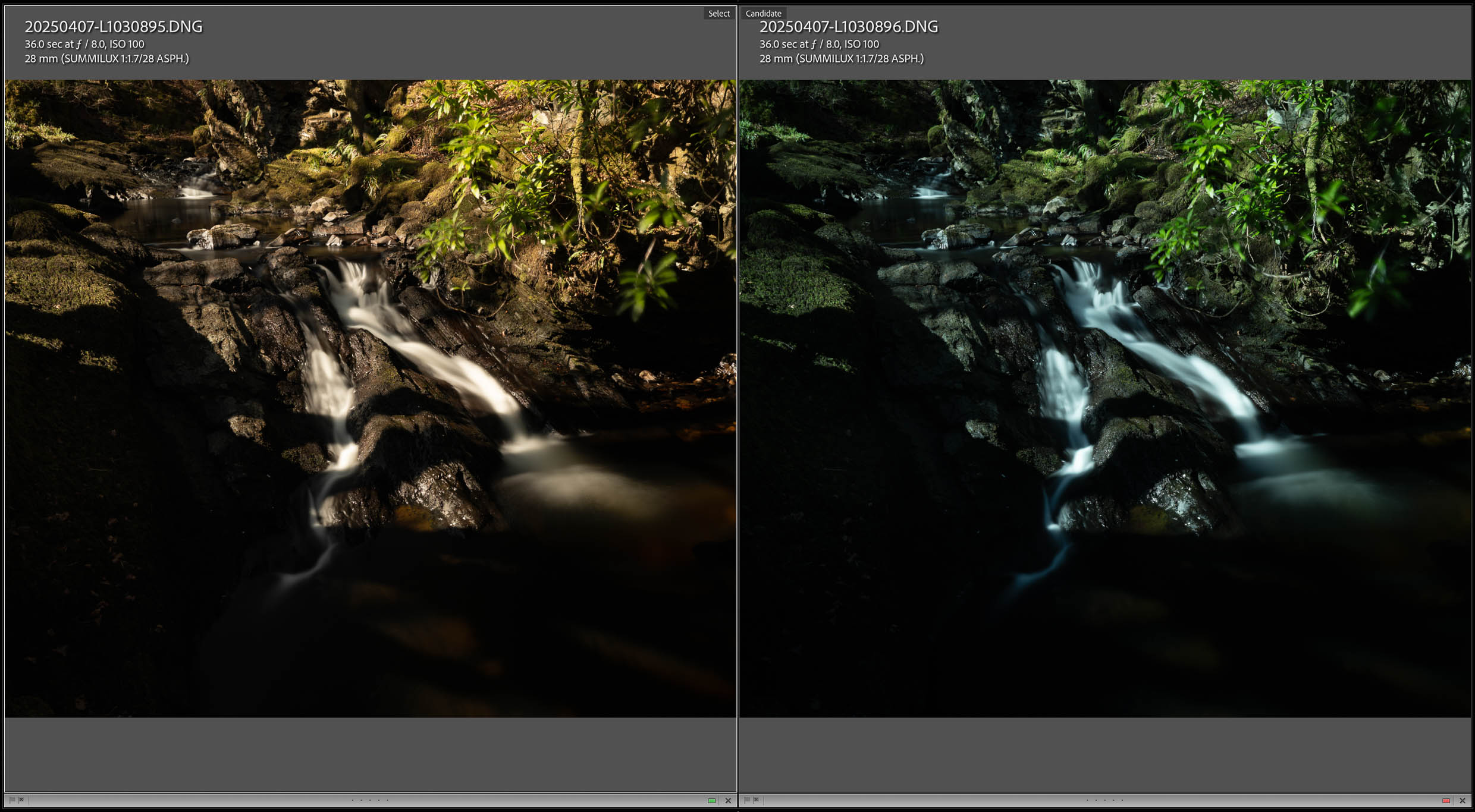
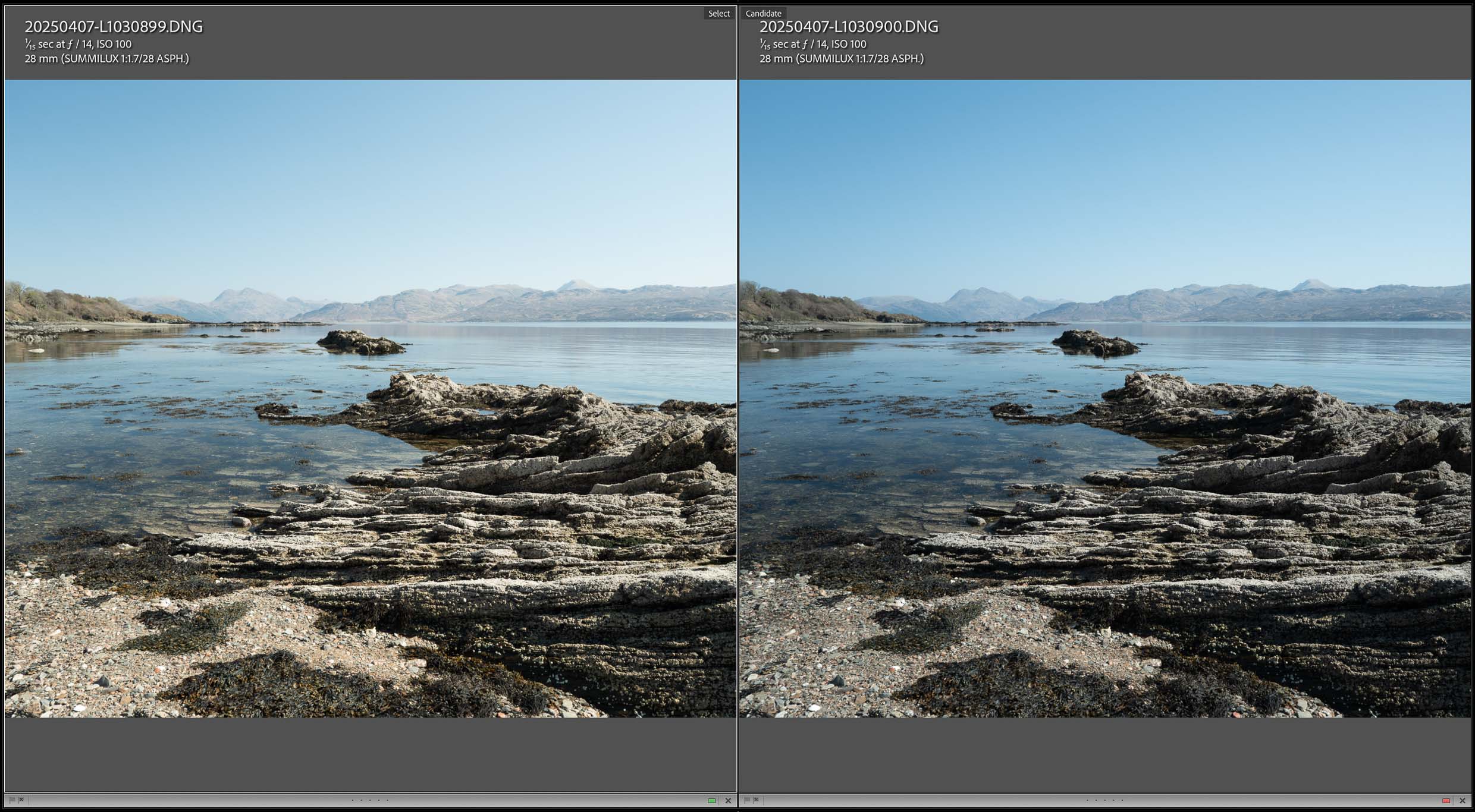
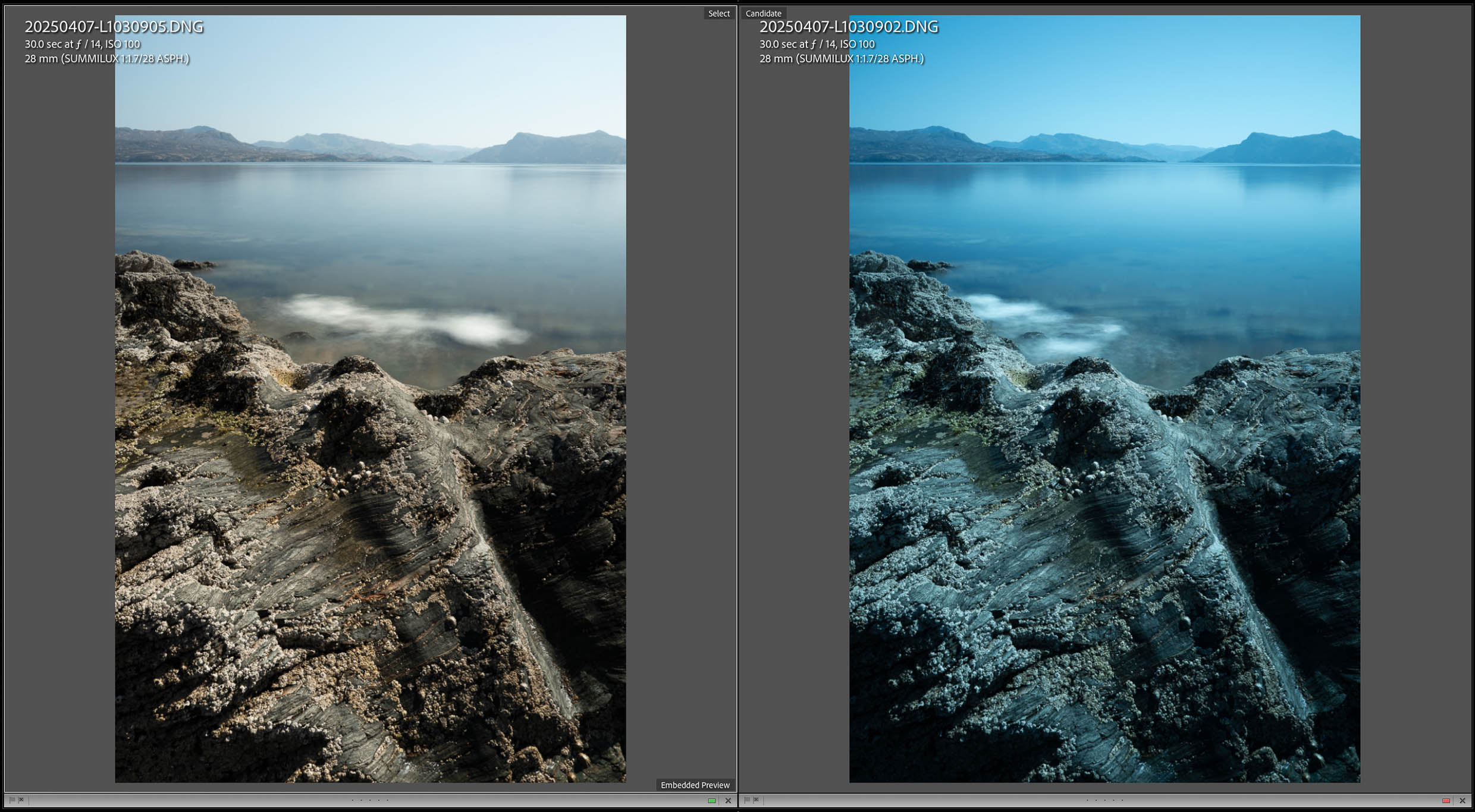
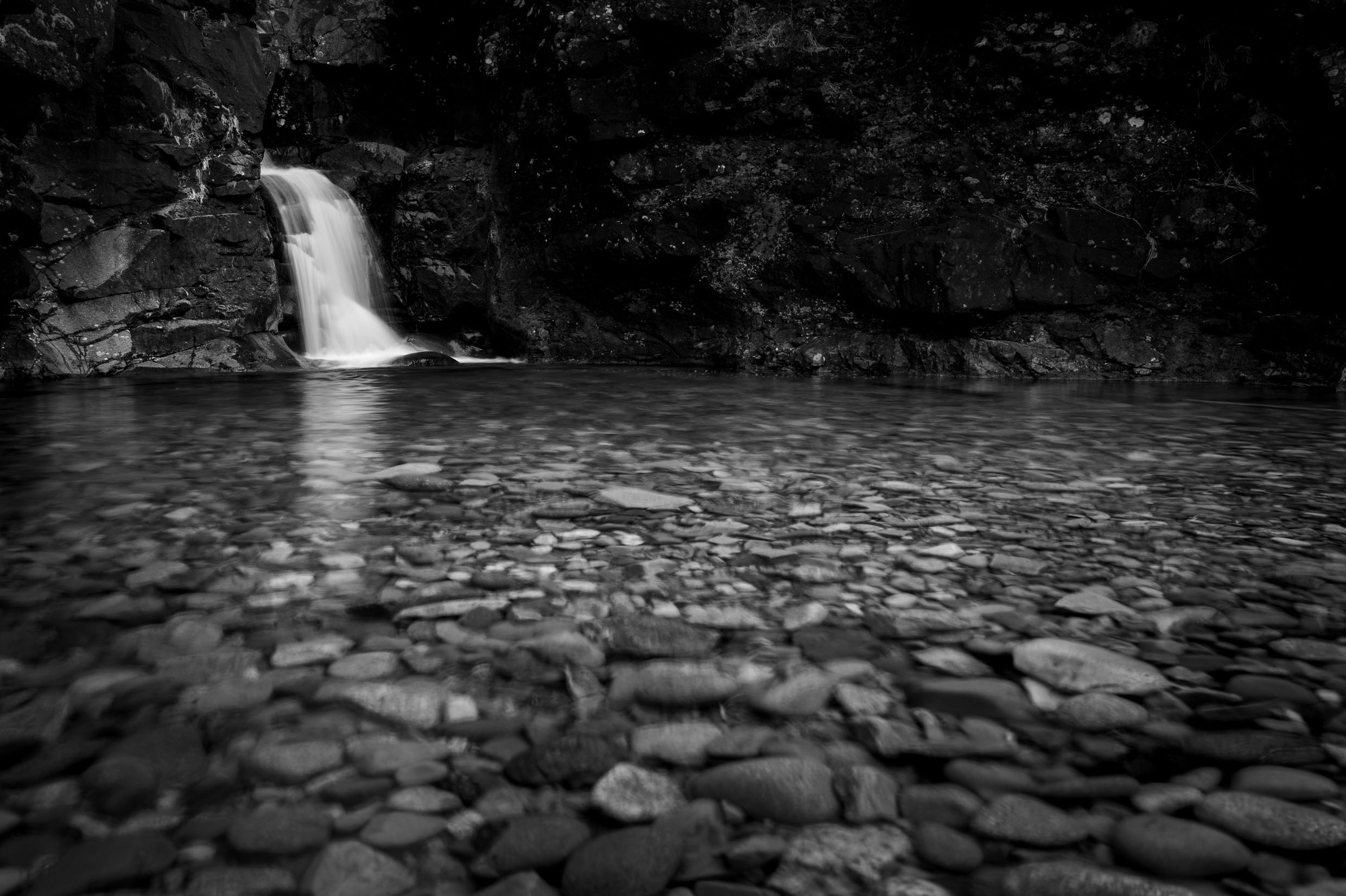
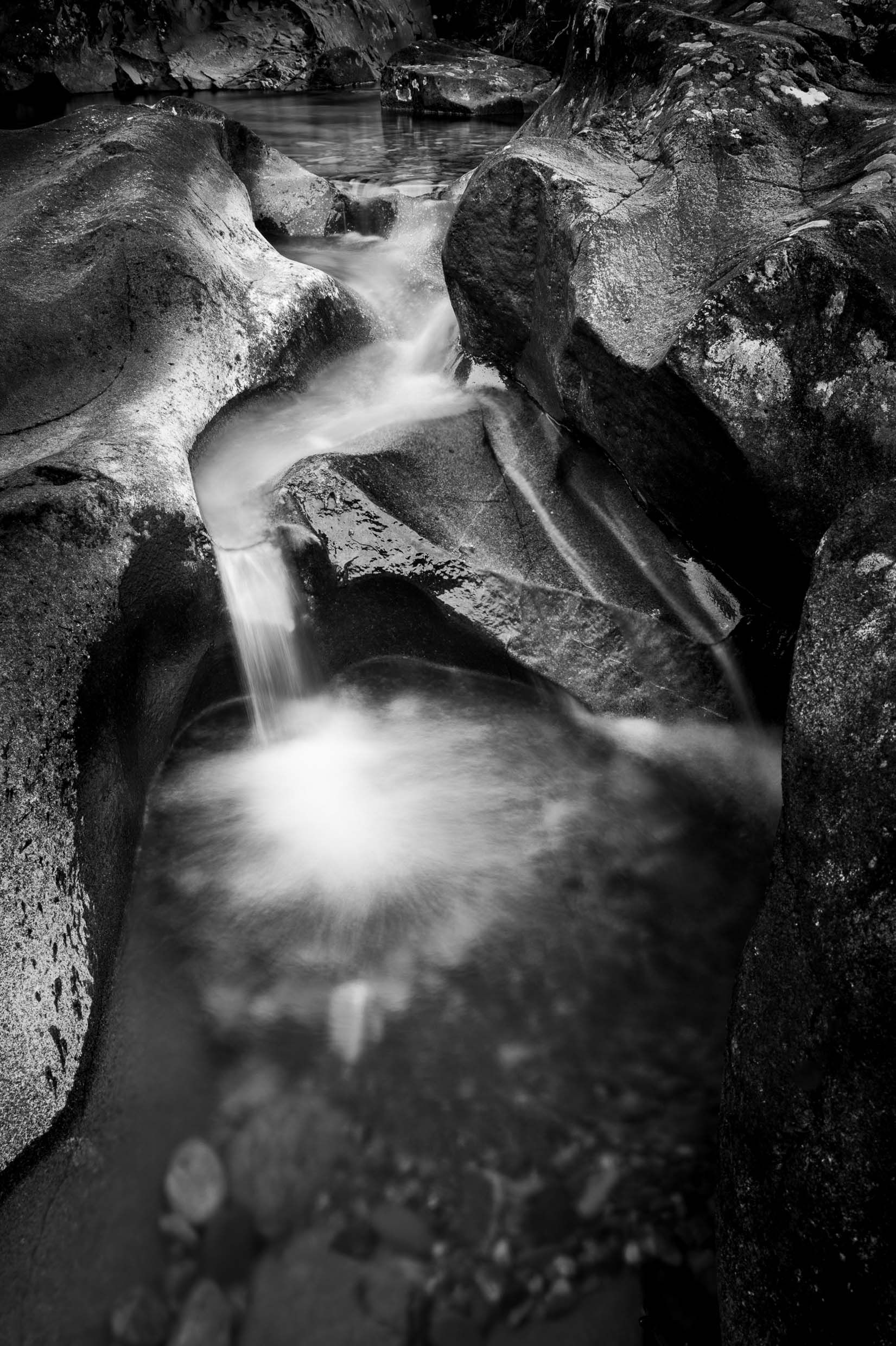
Maybe I miss something, but is it possible to put the URTH filters on as well as take them off the lens with the stock hood still in place?
Also does leaving the magnetic filter ring on the lens with the hood prevent macro mode? Not the filter but just the ring adapter?
Good question Sean. No. You have to remove the stock lens hood to get the filters on and off.
Now I use my Q3 without the hood, and as such there is no problem with macro mode. I currently have a basic UV filter always on the Q3, and the magnetic filter ring goes over the top of that.
Hi Andy
I used to use the Seven 5 system, but sold it when Lee introduced the 85 – simply because the Seven 5 was too small for some of my Oly lenses and caused vignetting. The 85 does overcome some of the deficiencies you highlight on the Seven 5 – eg fitting of the polariser, neutrality of the polariser, and it’s a bit better thought through. (I spent a lot of money making the change, and don’t even use filters all that much!) It’s a bit of a shame that your comparison isn’t with the current Lee system, but that said, the Urth set seems pretty reasonably priced and I might give it a go. (Not quite 100% convinced I’m ready to give up Grad NDs, though.) A really interesting read.
Kind regards
Paul
Though Urth have obviously read your article, and the 49mm kit seems to have crept up to £109.
Hi Paul, good to hear from you. I certainly wasn’t going to shell out hundreds for an 85mm set just for a review. And in any event the Urth set is soooo much cheaper it doesn’t make any sense to spend so much on expensive filters.